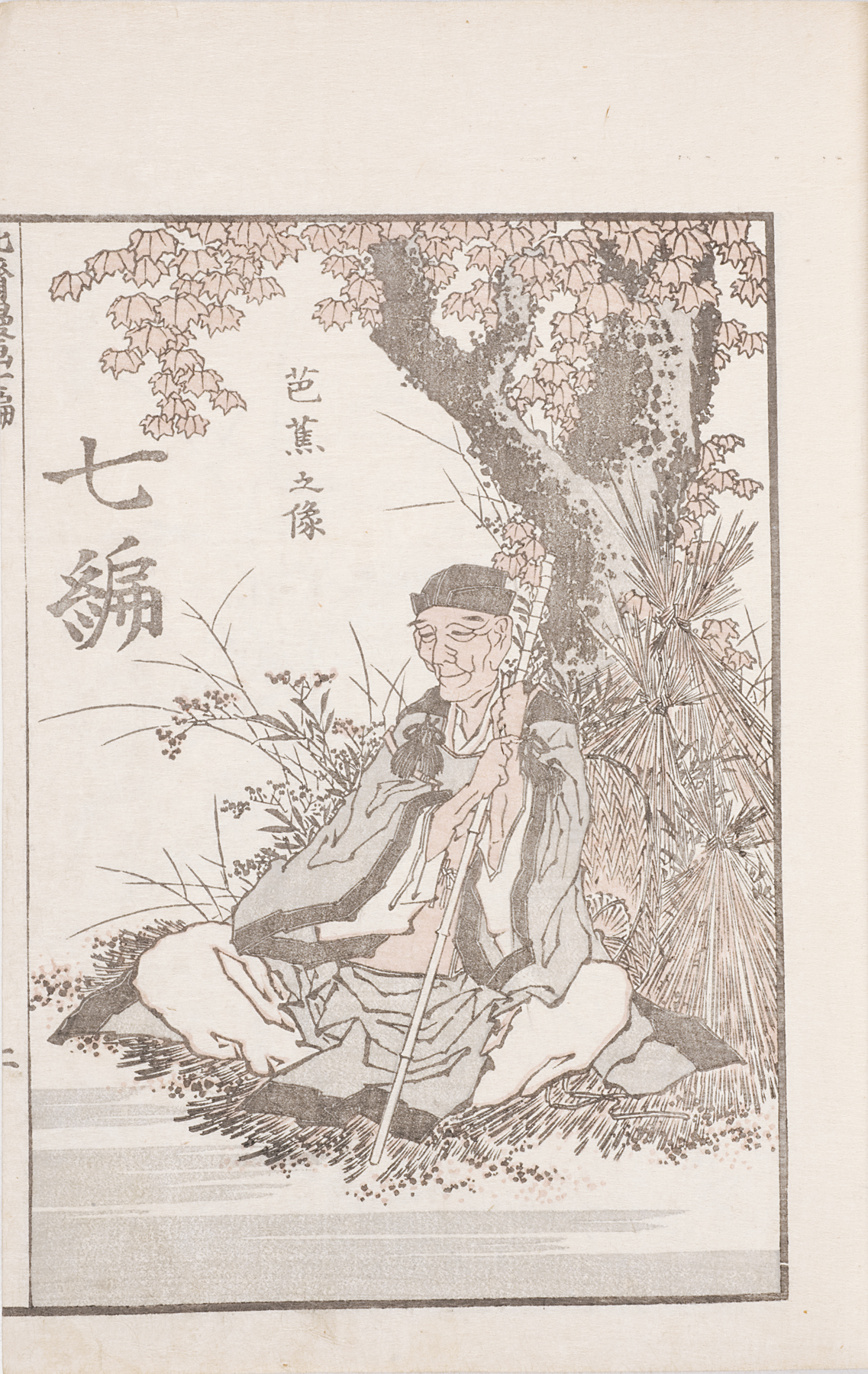Hokusai manga shichi hen (Hokusai's Sketched Pictures, Volume 7), Katsushika Hokusai
Artwork Overview
Katsushika Hokusai, artist
1760–1849
Hokusai manga shichi hen (Hokusai's Sketched Pictures, Volume 7),
1817, Edo period (1600–1868)
Where object was made: Japan
Material/technique: fukuro-toji; color woodcut
Dimensions:
Sheet/Paper Dimensions (Height x Width): 227 x 156 mm
Sheet/Paper Dimensions (Height x Width): 8 15/16 x 6 1/8 in
Sheet/Paper Dimensions (Height x Width): 227 x 156 mm
Sheet/Paper Dimensions (Height x Width): 8 15/16 x 6 1/8 in
Credit line: Museum purchase: R. Charles and Mary Margaret Clevenger Fund
Accession number: 1999.0205
Not on display
If you wish to reproduce this image, please submit an image request




